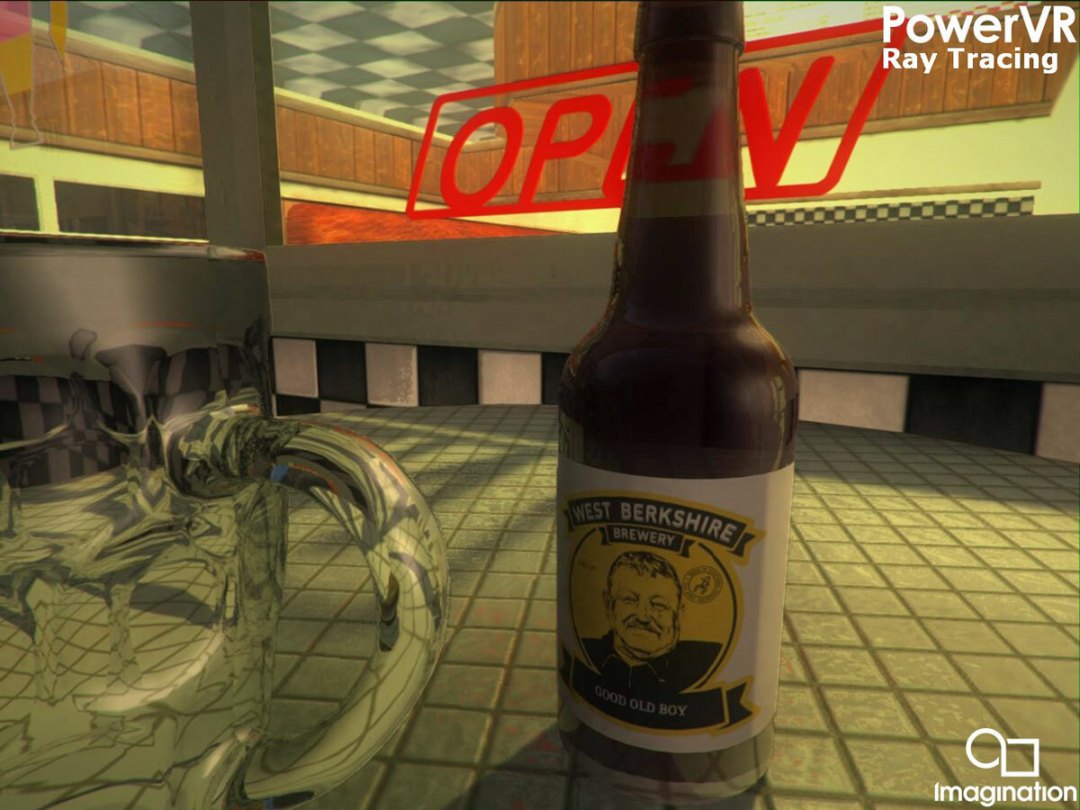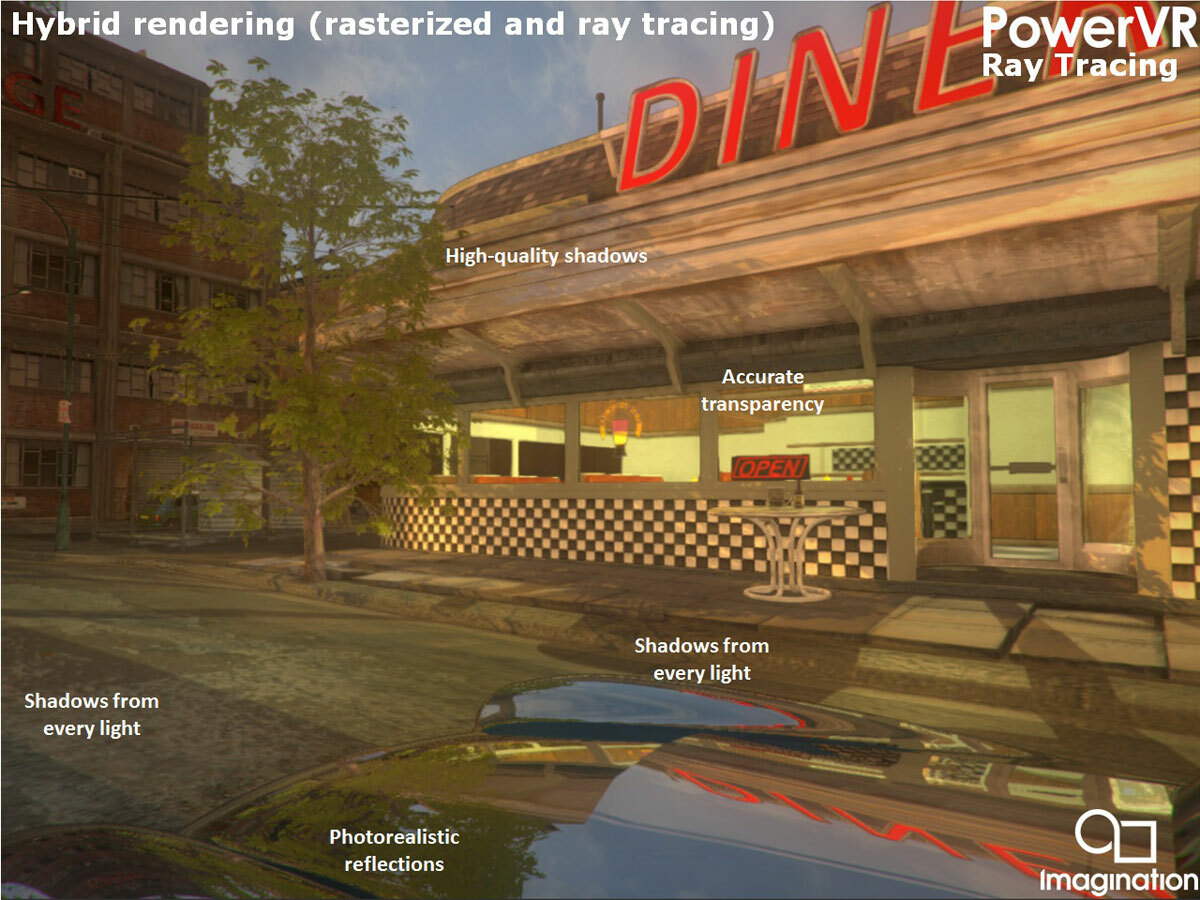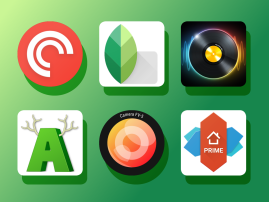This British chip will make your smartphone games look absolutely stunning
UPDATED 07/05/14: Now with video - PowerVR Wizard’s ray tracing skills will deliver “astonishing realism” on smartphones and tablets

The world of smartphone and tablet gaming just got a teensy bit more exciting. OK, it got a lot more exciting, because a newly-announced chip is going to bring eye-poppingly realistic ray traced graphics to future mobile devices.
Said chip is called the PowerVR Wizard and has been developed by British company Imagination Technologies, the chaps responsible for the graphics architecture inside iPhones and iPads (and many, many other devices – 1.2 billion a year, in fact). Its secret weapon is ray tracing, a graphical technique that generates images by tracing the path of light through pixels and simulating its effect on virtual objects. Basically, ray tracing simulates millions of light paths at once and is therefore able to create images with more realistic lighting effects than standard 3D computer graphics.


That means realistic reflections, refractions, shadows and DSLR-style short depth of field are a natural product of ray tracing’s process, while other rendering methods have to expend huge amounts of computing power attempting to simulate them. The PowerVR Wizard can trace 300 million rays per second and 100 million dynamic triangles per second, and Imagination says that its ray tracing abilities are performed around 100 times more efficiently than on a standard GPU.
You can see the difference between standard rasterised graphics and graphics that combine rasterisation and ray tracing in the pictures above.
The efficiency is such, in fact, that the Wizard is entirely suitable for small, mobile devices (not that it won’t be used in notebooks and the like too). Currently, achieving photorealistic visuals on a tablet or smartphone is unthinkable, but this chip could be a step in that direction. Matt Pharr, co-author of Physically Based Rendering, from Theory to Implementation, said, “By making ray tracing available to all developers that use this platform, the Wizard architecture offers the possibility of a quantum leap forward in image quality in mobile interactive graphics applications.”
The PowerVR Wizard is available for licensing now, so expect to see it start appearing in mobile devices in the coming months.
See it in action
Update 07/05/14: A recently released video shows off the wonders of ray tracing. Hit play, and let the drooling commence.



